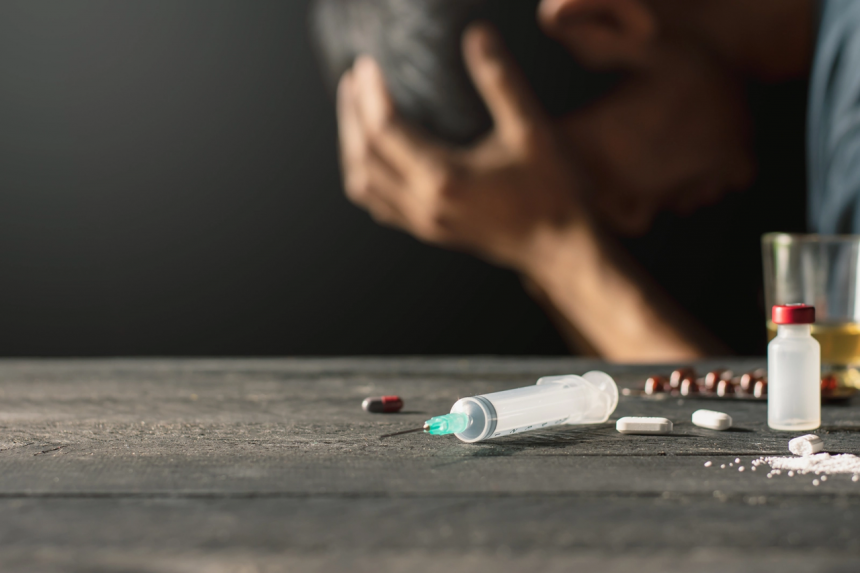As Kashmir battles a growing wave of substance use disorders, health experts and officials are raising alarm over the escalating crisis of drug abuse, particularly among the region’s youth. Despite increased awareness and government action, the problem continues to strain the Union Territory’s limited healthcare resources.
At the Institute of Mental Health and Neurosciences (IMHANS), Srinagar, doctors report a steady influx of new patients. The De-addiction Outpatient Department (OPD) currently registers between three to five new cases daily, in addition to a large number of follow-ups.
According to official data, 706 new patients have been registered for de-addiction treatment at IMHANS in the first half of 2025, following 1,623 cases in 2024 and 1,512 in 2023. Experts say this represents only a fraction of the actual burden, with many individuals deterred from seeking treatment due to stigma, lack of awareness, and inadequate access to services.
Dr.Yasir Hassan Rather, Professor and In-charge of De-addiction Services at IMHANS, said the rising number of cases highlights the shifting dynamics of substance abuse in Kashmir.
“At IMHANS, Srinagar, we continue to witness a significant burden of substance use disorders, although there have been minor fluctuations in heroin use trends over the past year,” he said.
Dr Yasir said some reports suggest a slight decrease in the percentage of heroin abusers.
“This may be attributed to increased awareness and early interventions under NashaMukt Bharat Abhiyan, as well as decreased availability due to strict actions taken by the government,” he said.
Dr Yasir said they are observing shifting patterns of substance use, with a rise in the abuse of pharmaceutical drugs such as tapentadol and pregabalin, which keeps the overall situation deeply concerning.
“The pattern of addiction is dynamic—while there may be a marginal decline in heroin-only use, many users are now shifting to cheaper, more accessible alternatives (Tapentadol and Pregablin) or are engaging in poly-substance use,” he said.
This year’s International Day Against Drug Abuse and Illicit Trafficking theme is “The evidence is clear: invest in prevention,” strongly resonates with our experience at IMHANS.
“We must strengthen school and community-based prevention programs, actively engage religious and local leaders, and empower families to identify early signs of substance use,” Dr Yasir said.
Earlier this year, the Health and Medical Education Department had stated that de-addiction OPD services are functional in all 20 districts, while IPD services are available in all 09 GMCs, catering to both male and female patients.
The department said that psychiatrists are available in all the GMCs of UT of J&K. From 2022 to 2024, patient data indicates a steady increase in access to de-addiction services across Jammu and Kashmir.
In 2022, 9,775 patients accessed OPD services and 306 were admitted under IPD care. In 2023, OPD visits slightly declined to 8,700, while IPD admissions rose to 586.
By 2024, OPD numbers stood at 6,925, with a further increase in IPD admissions to 703. Cumulatively, a total of 25,400 individuals benefited from OPD services and 1,595 from IPD care during these three years.
The department stated that, currently, drug de-addiction centers are operational at the district headquarters. However, OPD services for fixed days and will be extended in a phased manner in the block headquarters also.
The Health Department works in close collaboration with the Department of Social Welfare to combat substance abuse effectively in Jammu and Kashmir.
Officials of H&ME said the government has established a robust mechanism to monitor and evaluate the effectiveness of drug prevention and rehabilitation program in J&K.
The de-addiction and rehabilitation mechanism includes State and District Level Monitoring Committees that regularly review implementation and ensure proper functioning of centers as per guidelines, while OPD and IPD data is tracked in real-time using Google Sheets for effective monitoring.








